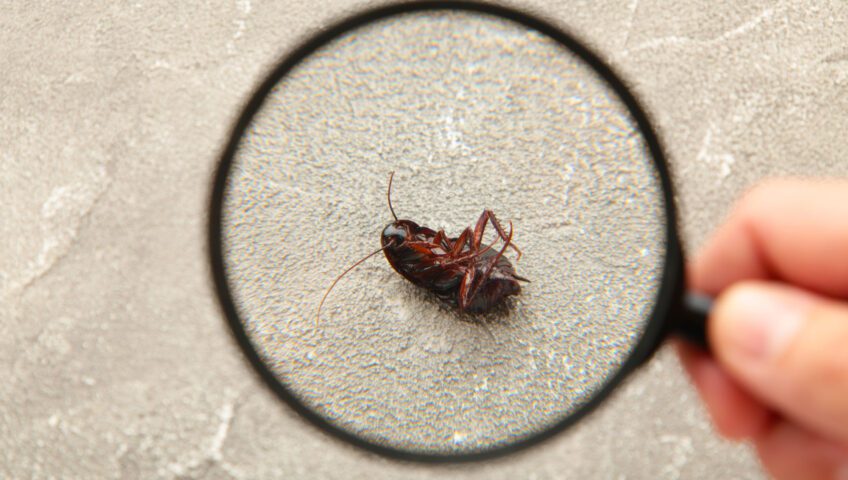If you see one, you can be certain there are many more – and a whole lot more on the way.
Cockroaches are notorious for their prolific breeding habits, and will swiftly overrun a home if left unchecked. These resilient pests reproduce rapidly, with some species capable of laying a teeming multitude of eggs during a lifetime. A single female cockroach can produce several generations in a year, exacerbating a home infestation. Cockroach eggs, commonly housed in protective cases, can contain numerous offspring, further contributing to their proliferation.
After mating, the females lay up to two of these egg cases in a single week. One remarkable trait of females in certain species is the ability to store sperm in their bodies, allowing them to lay many eggs over an extended period while having to mate only once. By doing so, they don’t have to expend the extra energy of locating a male and mating.
Breeding begins with the female depositing the egg case in a secluded area, often close to a food source. Once hatched, the nymphs emerge and undergo multiple molts before reaching maturity. This accelerated reproductive cycle allows cockroach populations to surge within a short timeframe, creating a significant challenge for homeowners.
These highly opportunistic breeders thrive in environments with accessible food, water and shelter. They can infest various areas of a home, including kitchens, bathrooms and dark, hidden spaces.
Effective prevention measures, such as eliminating food sources and sealing entry points, are crucial in foiling the rapid reproduction of cockroaches. Understanding the breeding habits of these pests is essential for homeowners to implement proactive strategies and prevent a small infestation from turning into a full-blown invasion.
If you do have concerns about a roach infestation, call Slug-A-Bug at (321) 259-7844 for a free, no-obligation assessment. We’re Brevard County’s premier pest control company. We can help.
